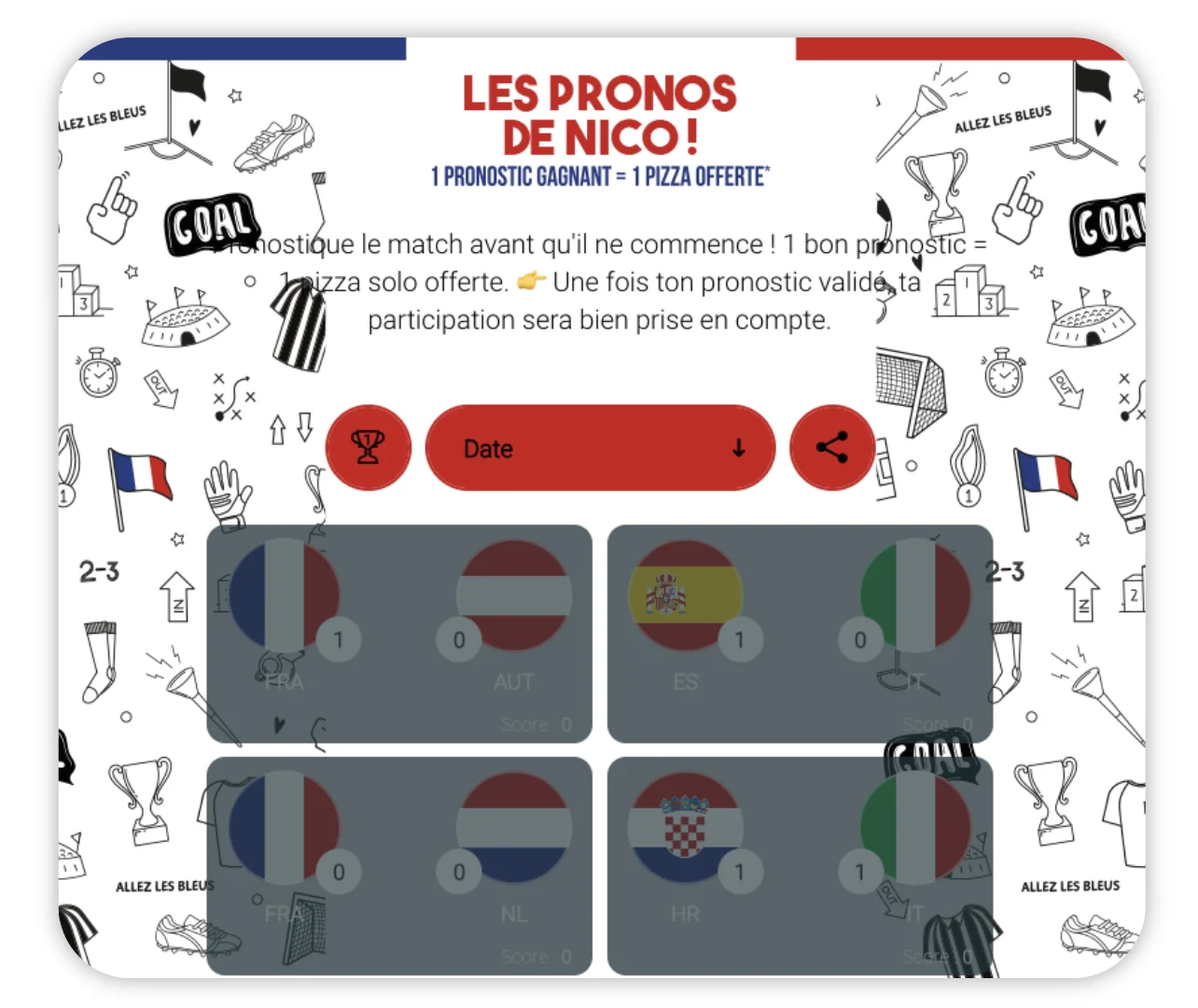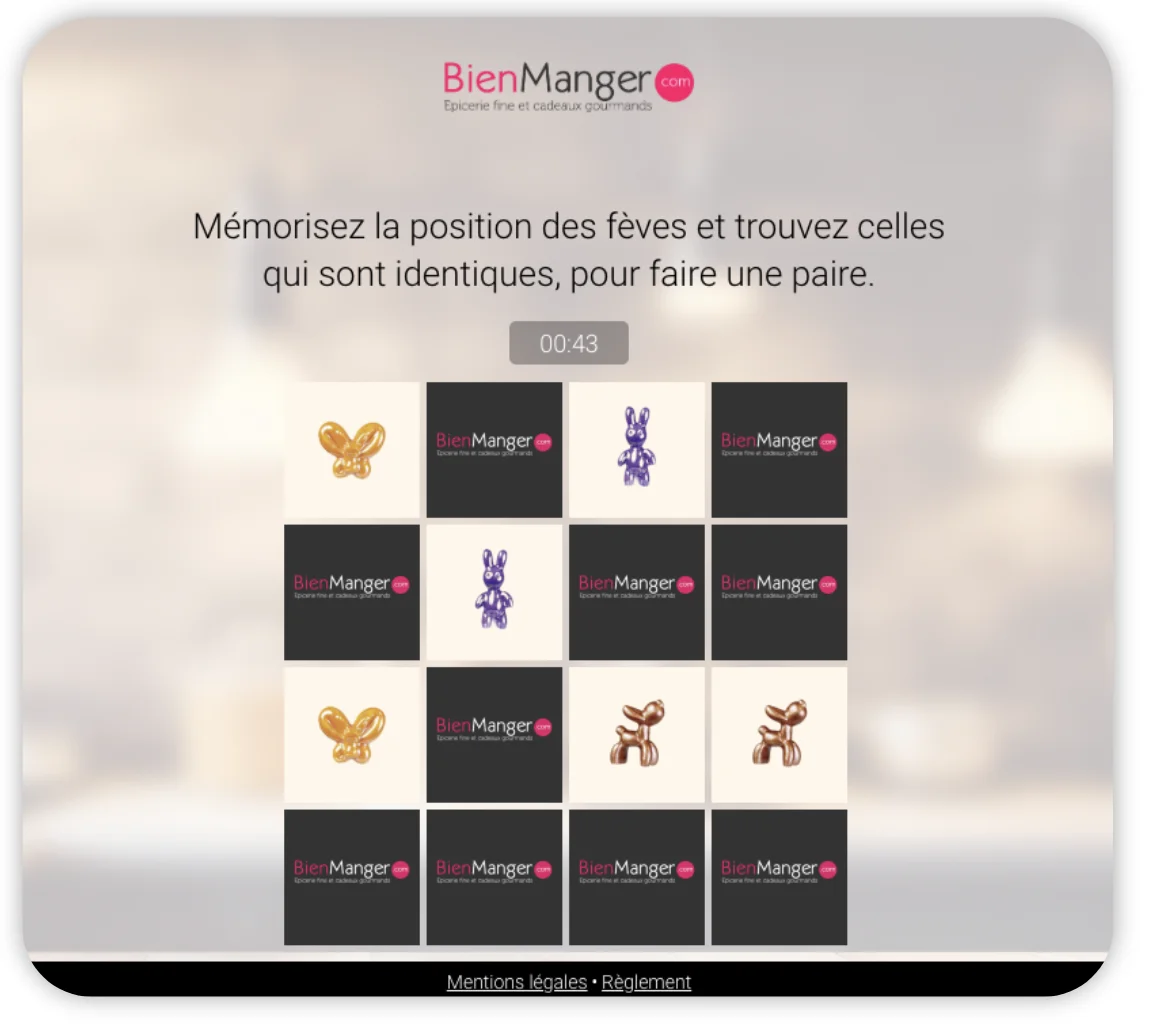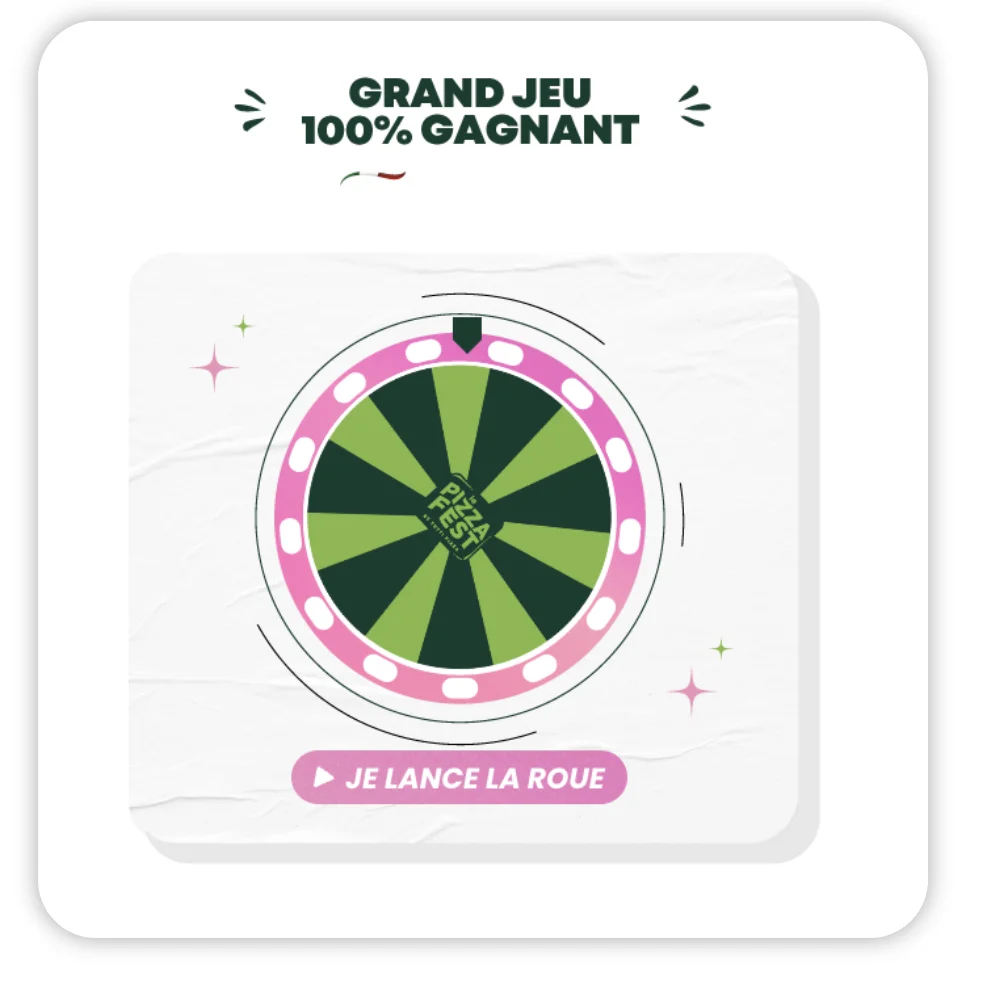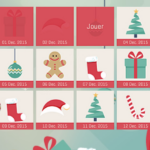Today’s foodservice sector is undergoing radical change. Between chaging consumer habits (delivery, online ordering), the impact of COVID-19, and ever-increasing competition, it has become essential for resturateurs – be they large chains or small local establishments – to reinvent themselves.
In a saturated market, standing out from the crowd is no easy task. However, there is a powerful lever that can be exploited to attract and retain customers: gamification. By making every speech more interactive and therefore more memorable, gamification helps to capture the attention of an increasingly solicitous clientele. In this article, we explore how gamification can help customer loyalty and achieve their strategic objectives.
The challenges of restaurant marketing
To achieve thier objectives, restaurateurs need to focus on three key marketing challenges: customer acquisition, engagement and loyalty. The challenges of restaurant marketing.
1. Acquisition: being visible at the right time
Customer acquisition is essential for any business, and in the restaurant business, that means maximum visibility at th right time. While a restaurant’s location remains iportant, these days it’s no longer enough. Restaurateurs also need to take care of their online presence, wheter on social networks, reservation platforms (such as OpenTable or LaFourchette) or customer review sites.
In fact, 92% of consumers read online reviews before choosing a restaurant, according to a study by BrightLocal.
Online booking and ordering platforms have become essential points of contact. A presence on social networks is also a way of capturing consumer’s attention by highlighting the culinary experience on offer, daily specials or special events.
2. Commitment: encouraging action and visits
Once attention has been captured, the next objective is to encourage potential customers to visit the restaurant or place an order online. This involves targeted communication, with promotions, exclusive offers or interactive games that encourage action. For example, a restaurant might propose a welcome offer (a discount or a free dish for the first visit) or organize a competition that encourage people to share their experience online, with the aim of boosting its visibility.
3. Loyalty: turning occasional visitors into regular customers
Customer loyalty in one of the most important issues facing the foodservice industry. Attracting a customer is one thing, but keeping them coming back is a whole other challenge. Offering personalized experiences and exclusive rewards is essential to keeping customers interested. According to a study by Accenture, 77% of consumers say they are more loyal to a brand or restaurant that offers tailored loyalty programs.
The importance of cusotmer experience and interactivity in foodservice
In a sector as competitive as foodservice, the customer experience is no longer limited to the quality of the food served. it now encompasses the entire customer journey, from discovery of the establishment to long-term loyalty. This means that restaurateurs must offer an immersive, interactive and personalized experience.
1. Promotional offers: a lever for capturing attention
Promotional offers are one of the most direct ways of attracting new customers. Wheter in the form of special discounts for first meals, reduced-price menus during special occasions or family packs, promotions help to capture attention and incite action. These offers need to be well-targeted and, ideally, limited in time to create a sense of urgency.
2. Immersive online campaigns: engaging before serving
Immersive online campaigns are an excellent way of preparing the ground for point-of-sale visits. The aim is to make the culinary experience interesting and engaging even before the customer walks through the restaurant door. This can include interactive videos showing the preparation of dishes, virtual tours of the establishment or online events such as cooking classes, recipe competitions, or culinary lives on social networks.
3. Competitions: building loyalty by making the experience fun
Competitions can also be excellent marketing levers in the restaurant business, particularly at the loyalty stage. <a href="https://www.socialshaker.com/en/project/photo-contest/
“>Creative contests can strengthen customer relations by encouraging visitors to share content (UGC), in exchange for rewards such as free dinner or discount coupon.
Instant Wins, on the other hand, promote retention by encouraging users to visit the brand’s channels regularly to try their luck. These formats can also be used to collect customer data to create more impactful campaigns, or to adapt offers to consumer expectations.
Quick is an excellent example of gamification in the restaurant business, particularly with a view to building loyalty. The chain regularly organizes interactive games in its application to encourage users to return to its restaurants. Each time they play, they earn points to spend on their next meal.
3 examples of restaurant marketing strategies
Here are 3 insipring example of gamified marketing campaigns in the restaurant and catering sector, to help you take action and energize your communications.
1. Animating your community during a special event
By leveraging popular or seasonal events, such as sporting events, restaurateurs can boost their visibility and unite their customers around a shared moment. They capitalize on the increased attention and mobilization of fans through interactive animations that generate engagement.
Example: The Pizza de Nico chain, for example, proposed a Prognostics game to animate its audience during a major sporting event.
Replication tips :
- Identify the year’s major events (sporting, cultural) and plan interactive actions in line with these highlights.
- Use social networks to involve your community and rely on interactive mechanisms that encourage healthy competition (Predictions, Contests, <a href="https://www.socialshaker.com/en/project/fans-choice-photo/
“>Fan’s Choice, etc.).

2. Engage your audience by promoting your offer interactively
Showcasing promotions or products interactively engages customers and increases their interest. Playable mechanics also reinforce brand identity and make offers more memorable. This can take the form of campaigns that directly engage the audience via games, quizzes or challenges around the proposed offer.
Example: the food e-commerce chain Bien Eat offered its audience a Memory game to promote its Galette des Rois. This format facilitates the discovery of the offer and subtly invites purchase.
Replication tips :
- Create interactive games (e.g. Quiz on ingredients or product history) to engage your audience around a new launch or promotion.
- Encourage sharing on social networks by linking rewards to active customer participation.

3. Convert and build loyalty with Instant Win prizes
Promotional games are an excellent way of converting new customers while strengthening the loyalty of existing ones. For example, games like Wheel of Fortune offer an instant reward, creating an instant gratification effect that motivates a first visit and/or encourages repeat business.
Example: the Tutti Pizza chain shared a 100% winning Wheel of Fortune to boost awareness and conversions. Each participant won a free drink, which encouraged them to visit a point of sale to collect their reward.
Replication tips :
- Use game mechanics like the Wheel of Fortune to offer instant rewards (discounts, free products, etc.).
- Opt for an omnichannel distribution strategy to maximize participation and boost traffic in your restaurants or points of sale.

By opting for gamification in your marketing actions, you can not only attract new customers, but also strengthen ties with your audience and boost your loyalty rate. Discover all <a href="https://www.socialshaker.com/en/project/photo-contest/
“>our interactive mechanics and deploy engaging, memorable campaigns!






